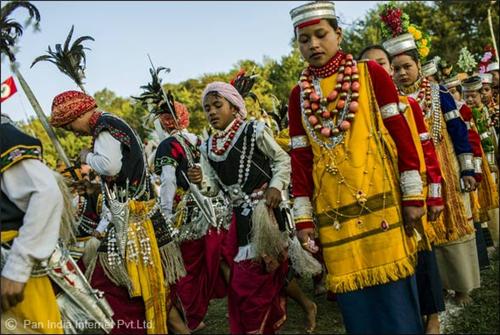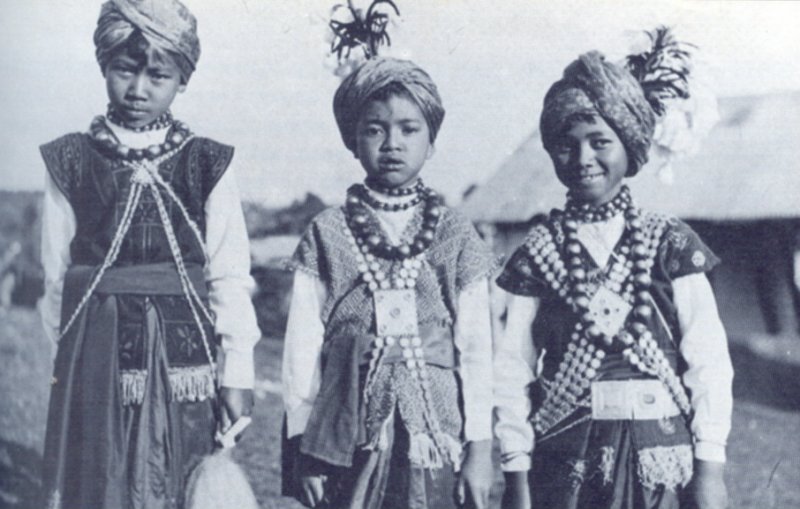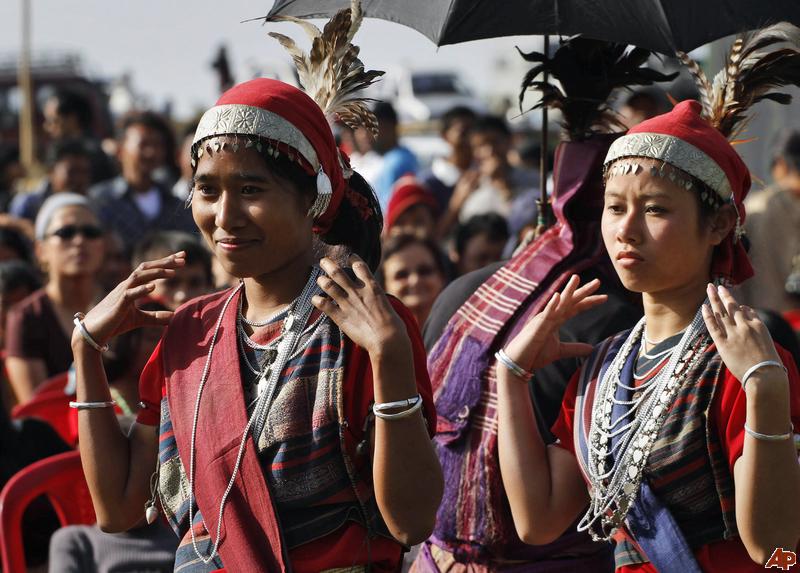
Meghalaya Tribes: Khasi Garo Jaintia Mikir
When in Meghalaya, you will see yourself surrounded by bright hues that contrast brilliantly with the natural beauty of the terrains. Although a small state, Meghalaya has a lot to offer. The land of eternal beauty showcases its heritage in every component be it food or dress. The significant crafts of Meghalaya comprises cane and bamboo works, weaving as well as wood carving.
Origin and History
The culture of Meghalaya tribes is associated with their important technique of weaving. While most other parts of the Indian subcontinent introduce Indian men as the weavers and spinners, in Meghalaya the women run the spinning and weaving culture. This industry is the most significant one for the rural counties of Meghalaya. Going by data that has been culled from research and available texts, till date around 15,900 families work on hand looming and approximately 16,000 are involved in Sericulture.
Style & Variety
There is no dearth of variety in the textiles in the state of Meghalaya. Some of the most unique fabrics and textiles are manufactured and some of the most interesting weaving techniques exist here. Following are the four important tribes of Meghalaya which majorly influence the clothing of the state:
Khasi: It is the largest tribe of Meghalaya. The men of Khasi wear Jymphong, a long sleeveless coat without collar, with a dhoti and it is fastened in the front. They have now adopted the western attire of wearing the jymphong with a sarong accessorizing it with an ornamental waist-band. The women wear a Jainsem or Dhara, which are several pieces of cloth wrapped around their body giving them a cylindrical shape. The only difference between the two is, the Jainsem consists of two pieces of cloth fastened at each shoulder and Dhara consists of one piece of cloth fastened at each shoulder.
Garo: It is the second-largest tribe of Meghalaya after Khasi. Garo men wear similar clothes as Khasi tribe but the men wear a turban along with their clothes. The women wear a cloth around the waist with a blouse. During festivals, Garo people adorn themselves with bangles, earrings, multiple necklaces, finger rings, and headdresses.
Jaintia: This tribe resides in Jainti Hills and is a sub-tribe of Khasi. People of Jaintia tribe wear the same clothes as that of Khasi, which includes Jymphong and Dhoti for men and Jainism and Dhara for women. But during functions, they wear crowns of silver and gold with peak attached at the back of it.
Mikir:- This tribe of Meghalaya is also known as Karbi (means brotherhood). The men wear a simple dhoti known as a rikong with choi, a sleeveless shirt with a ‘V’ shaped neck and loose threads at the bottom and a turban known as a poho. The women of the tribe wear a dress that comprising a pekoki, a piece of cloth with designs wrapped around the upper part of the body and tied into a knot on the right shoulder. They pair the pekok with the pini, similar to a sarong and a vamkok, a decorative piece of cloth tied around the waist over the pini.
Interesting Facts and Comparisons
- Almost every family in Meghalaya earns a livelihood from the culture of weaving.
- The woman of the Jaintia community is required to wear a head cloth while farming.
References
Categories: Attires, Clothing Styles & Drapes



